with an almost nude man and two men’s heads within the initials, in Latin on parchment [Italy (probably Rome), c. 1290] Single leaf, with a large initial ‘I’ (opening “Ipse tibi …”) and enclosing a three-quarter length figure of a finely painted clean-shaven man facing right, nude apart from a thin chiffon-like robe which hangs over his shoulders, his delicate musculature drawn out in blue-grey tones, one hand tucked beneath his robe and another gesturing upwards, the lower part of his legs wrapped in a blue cloth edged in white, all on burnished gold grounds with liquid gold penwork, multi-coloured acanthus leaf fronds extending into the margins, 2 further coloured initials enclosing men’s heads (the first wearing red robes, the second in a red coif) both with same decoration as above, 3 further multi-coloured initials on gold grounds with liquid gold penwork (one kaleidoscopic in its complex makeup), a single red one-line initial with contrasting penwork, rubrics in red, calligraphic capitals with hairline penwork tracery, double column, 25 lines of 2 sizes of a refined Italian bookhand, inscription in French in nineteenth- or possibly early twentieth-century pencil at foot of recto, some areas of text with ink weakened by flaking away, very slightly trimmed at top with small affect to topmost acanthus leaf tendril, small amount of discolouration and cockling (mostly at edges) and marks at upper corners from old framing, else in outstanding condition with extremely wide and clean margins, 362 by 238mm This is a long-lost and hitherto unrecorded sister leaf of an opulently decorated and early Italian Missal. Another two leaves were in the collection of Bernard H. Breslauer in New York (Wieck and Voelkle, Bernard Breslauer Collection, 1992, nos. 58-9), a leaf was offered by BEL, Illuminations, cat.1, 1992, no. 4, reappearing in Koller, 18 September 2015, lot 109, where it sold for CHF 25,700 (approximately £17,500), and two further leaves are known in private collections. While in the Koller catalogue Gaudenz Frauler acknowledged the debt of the artist to Umbrian models (and those of Assisi Choir books in particular), he identified these leaves as Roman in origin, based on the occurrence of the early Christian saint, Praxides, on the leaf in that auction. The public veneration of that saint was apparently focussed on Rome, and he further suggested that the parent codex may have been made for the Basilica di Santa Prassede there, perhaps at the beginning of the term of office of Pope Boniface VIII in 1294. An Epistle book in its original binding now in the Victoria and Albert Museum (their MSL 1861-1-25: R. Watson Illuminated Manuscripts, 2011, no.21) is markedly close in decoration, script and layout to the present leaf (albeit catalogued there as Umbrian and from the first decades of the fourteenth century). That also had a Roman provenance, in that it was acquired there in 1860, raising the possibility that the two codices came from the same set and entered the market together. On the basis of the inscription here, the parent codex of the present leaf would appear to have been dispersed in France in the nineteenth century.
with an almost nude man and two men’s heads within the initials, in Latin on parchment [Italy (probably Rome), c. 1290] Single leaf, with a large initial ‘I’ (opening “Ipse tibi …”) and enclosing a three-quarter length figure of a finely painted clean-shaven man facing right, nude apart from a thin chiffon-like robe which hangs over his shoulders, his delicate musculature drawn out in blue-grey tones, one hand tucked beneath his robe and another gesturing upwards, the lower part of his legs wrapped in a blue cloth edged in white, all on burnished gold grounds with liquid gold penwork, multi-coloured acanthus leaf fronds extending into the margins, 2 further coloured initials enclosing men’s heads (the first wearing red robes, the second in a red coif) both with same decoration as above, 3 further multi-coloured initials on gold grounds with liquid gold penwork (one kaleidoscopic in its complex makeup), a single red one-line initial with contrasting penwork, rubrics in red, calligraphic capitals with hairline penwork tracery, double column, 25 lines of 2 sizes of a refined Italian bookhand, inscription in French in nineteenth- or possibly early twentieth-century pencil at foot of recto, some areas of text with ink weakened by flaking away, very slightly trimmed at top with small affect to topmost acanthus leaf tendril, small amount of discolouration and cockling (mostly at edges) and marks at upper corners from old framing, else in outstanding condition with extremely wide and clean margins, 362 by 238mm This is a long-lost and hitherto unrecorded sister leaf of an opulently decorated and early Italian Missal. Another two leaves were in the collection of Bernard H. Breslauer in New York (Wieck and Voelkle, Bernard Breslauer Collection, 1992, nos. 58-9), a leaf was offered by BEL, Illuminations, cat.1, 1992, no. 4, reappearing in Koller, 18 September 2015, lot 109, where it sold for CHF 25,700 (approximately £17,500), and two further leaves are known in private collections. While in the Koller catalogue Gaudenz Frauler acknowledged the debt of the artist to Umbrian models (and those of Assisi Choir books in particular), he identified these leaves as Roman in origin, based on the occurrence of the early Christian saint, Praxides, on the leaf in that auction. The public veneration of that saint was apparently focussed on Rome, and he further suggested that the parent codex may have been made for the Basilica di Santa Prassede there, perhaps at the beginning of the term of office of Pope Boniface VIII in 1294. An Epistle book in its original binding now in the Victoria and Albert Museum (their MSL 1861-1-25: R. Watson Illuminated Manuscripts, 2011, no.21) is markedly close in decoration, script and layout to the present leaf (albeit catalogued there as Umbrian and from the first decades of the fourteenth century). That also had a Roman provenance, in that it was acquired there in 1860, raising the possibility that the two codices came from the same set and entered the market together. On the basis of the inscription here, the parent codex of the present leaf would appear to have been dispersed in France in the nineteenth century.





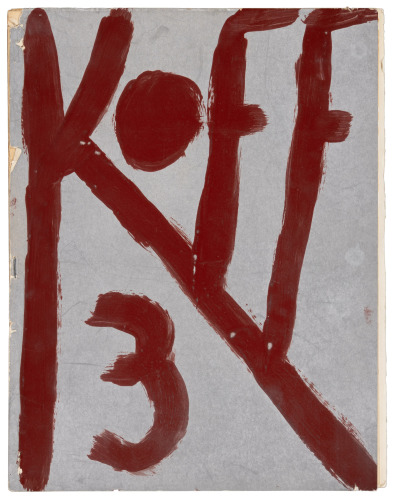
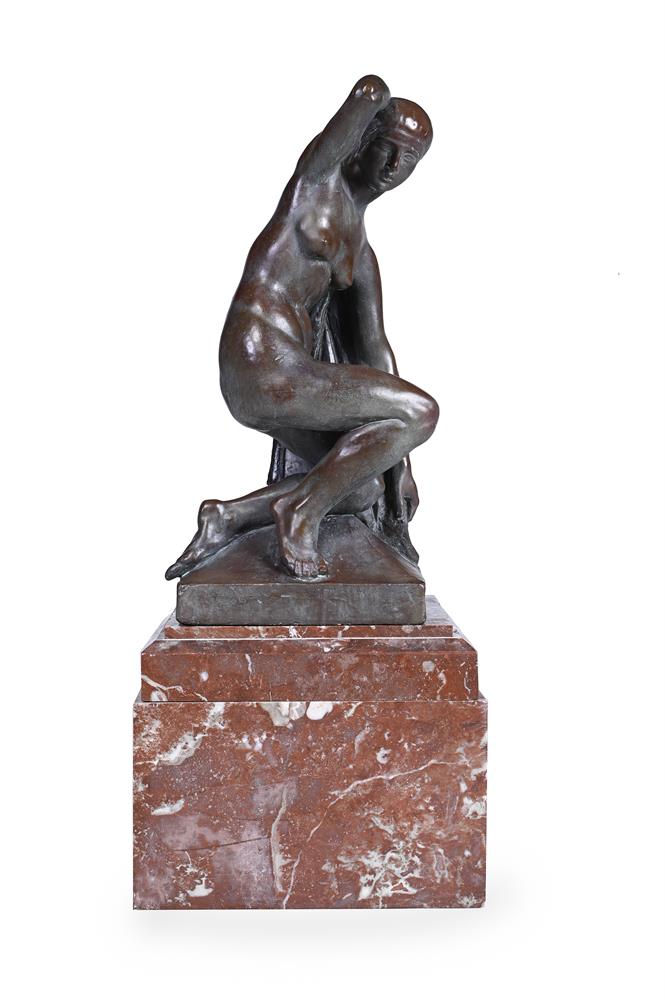

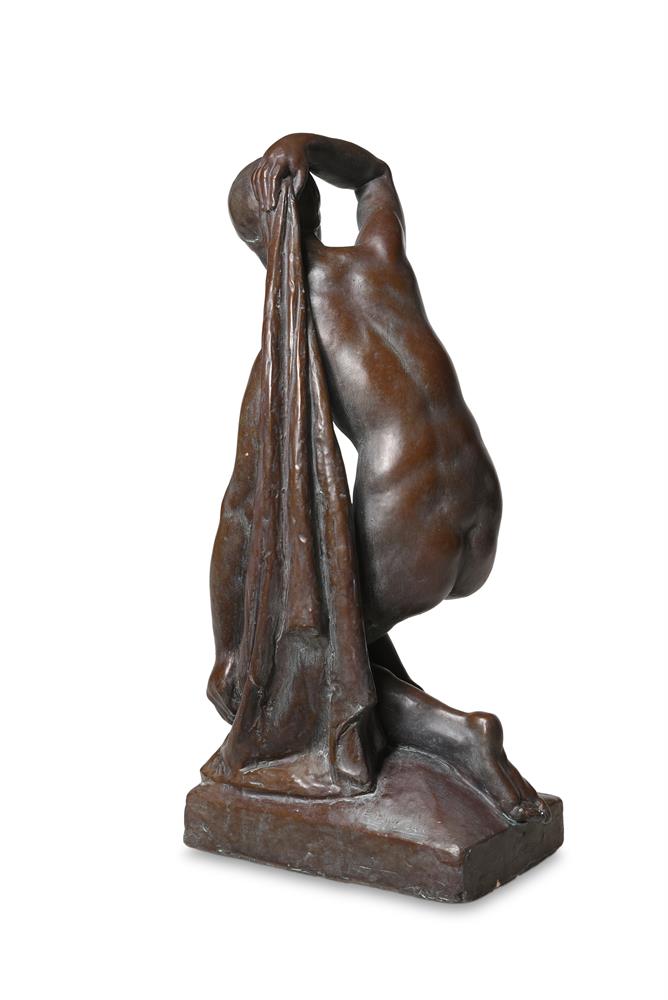
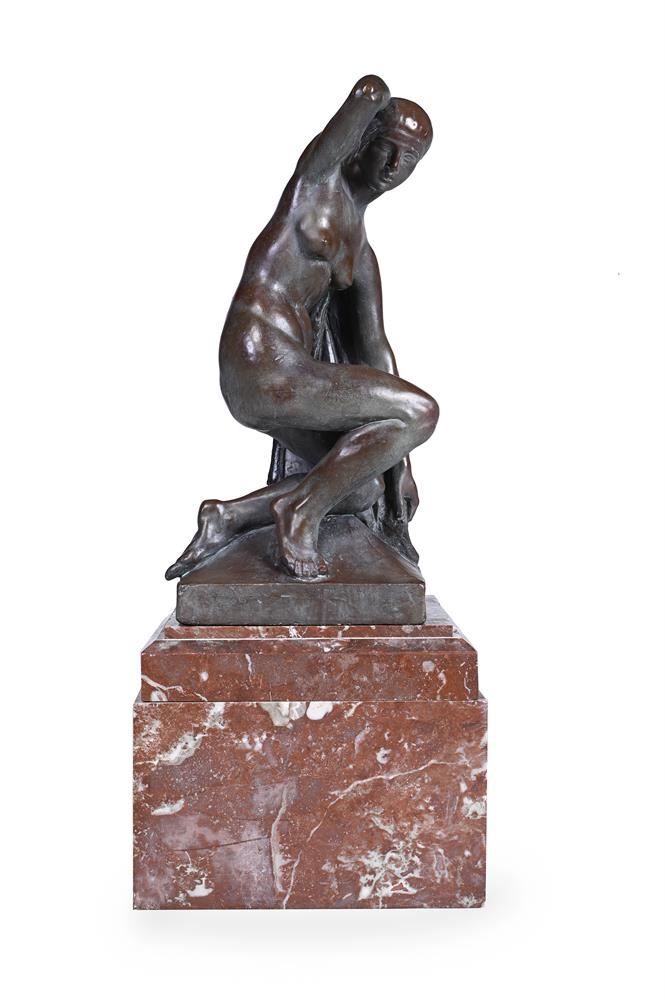
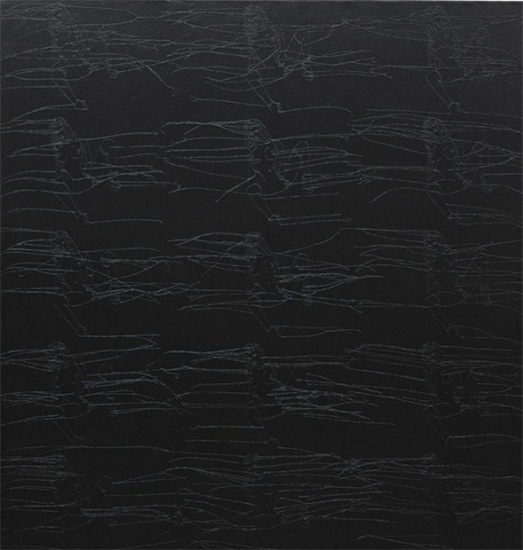
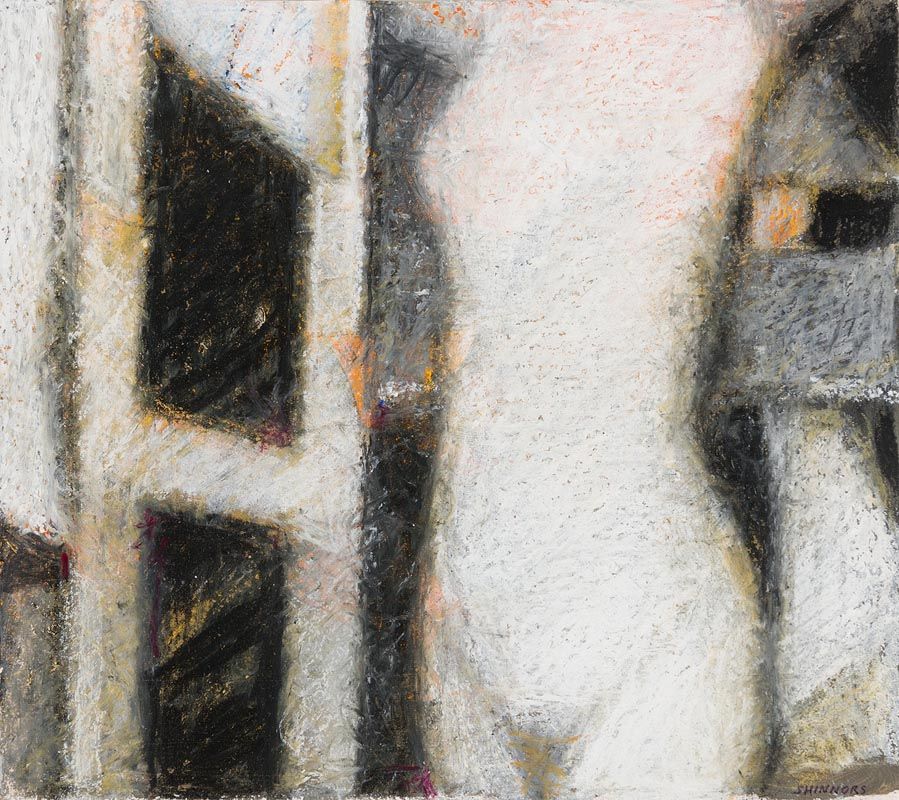
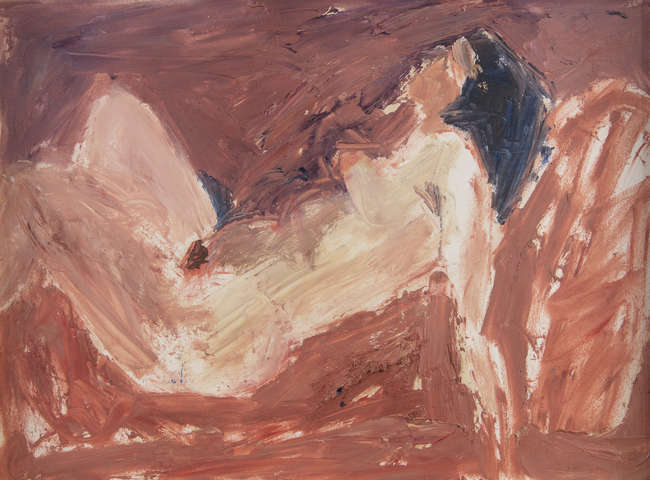
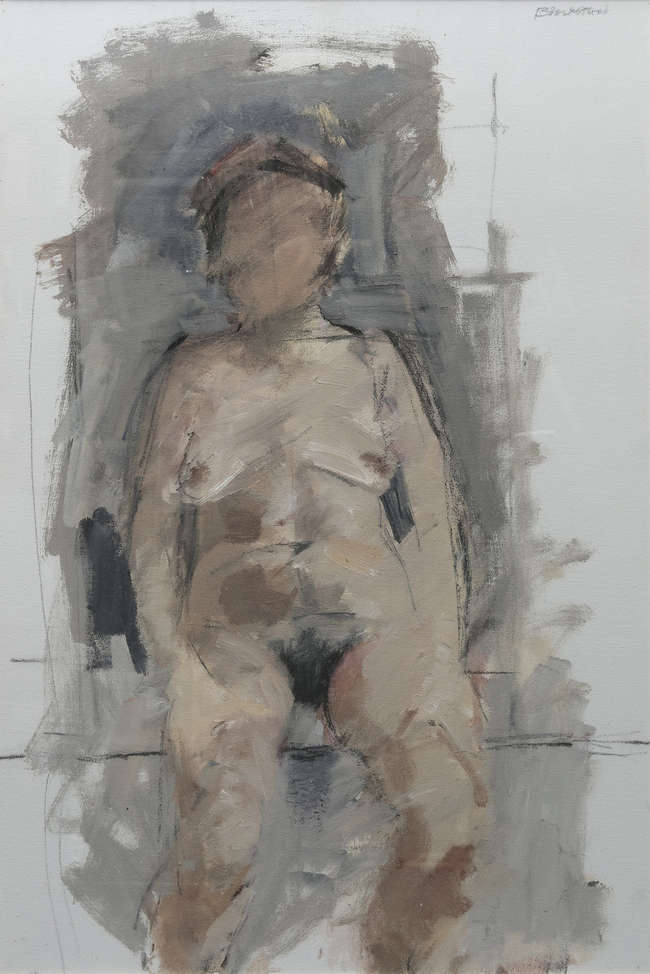
Try LotSearch and its premium features for 7 days - without any costs!
Be notified automatically about new items in upcoming auctions.
Create an alert